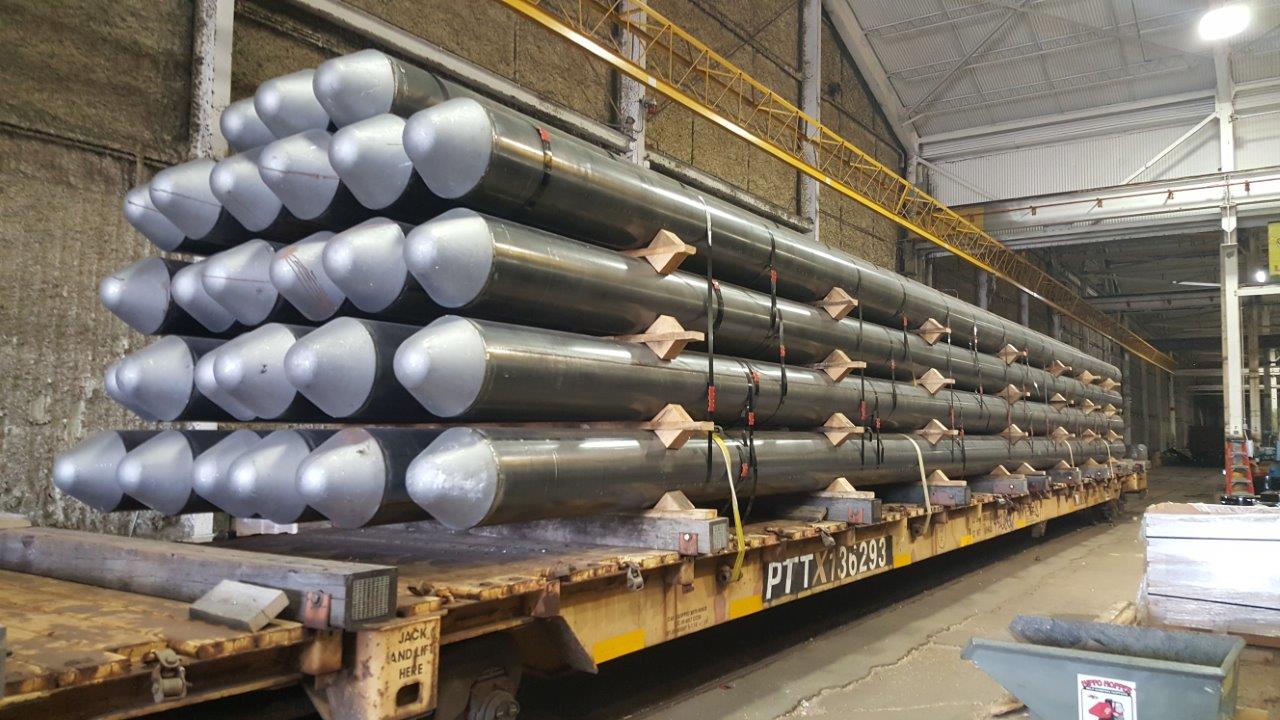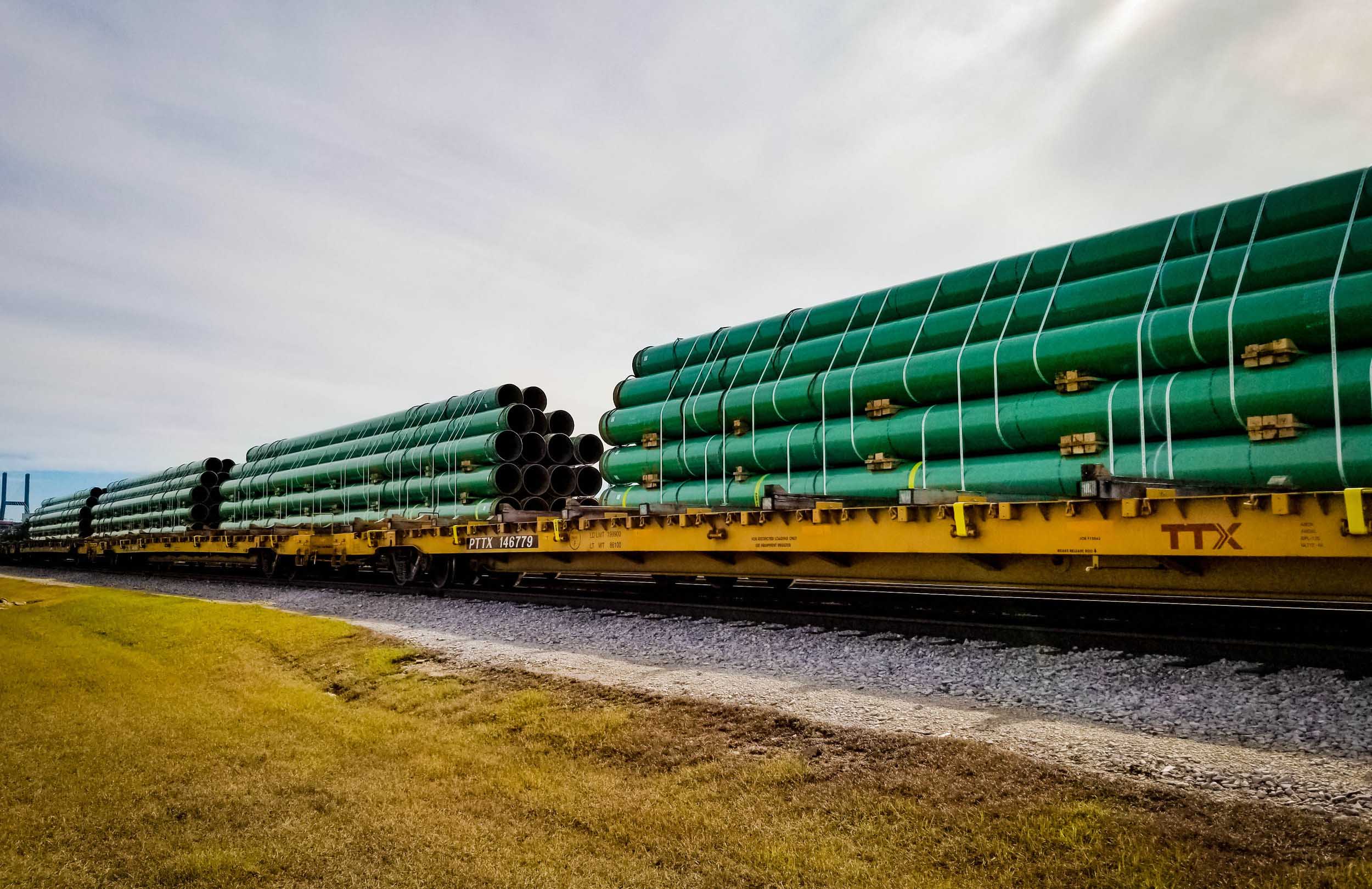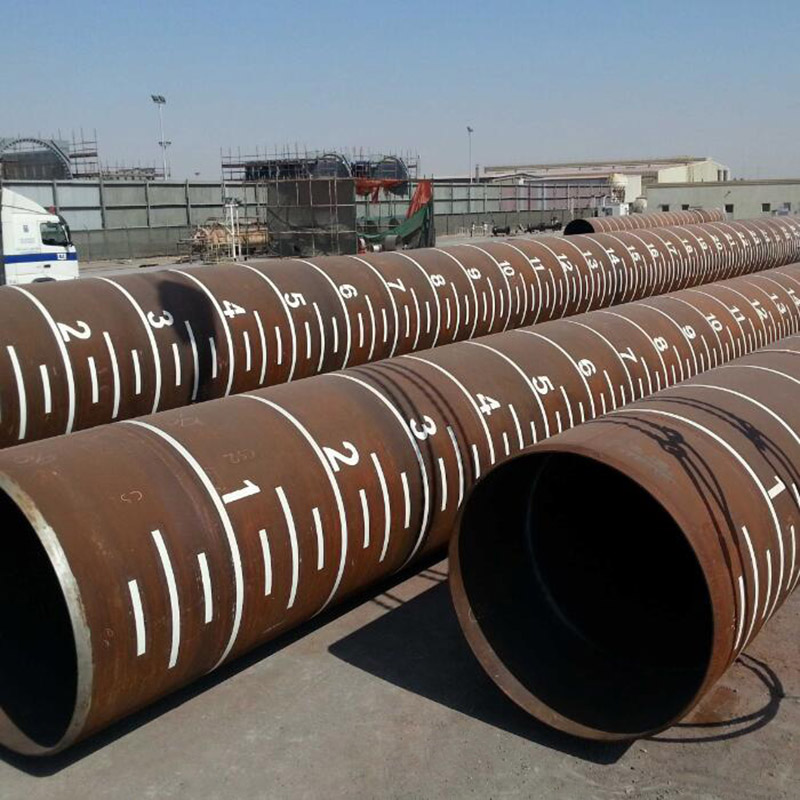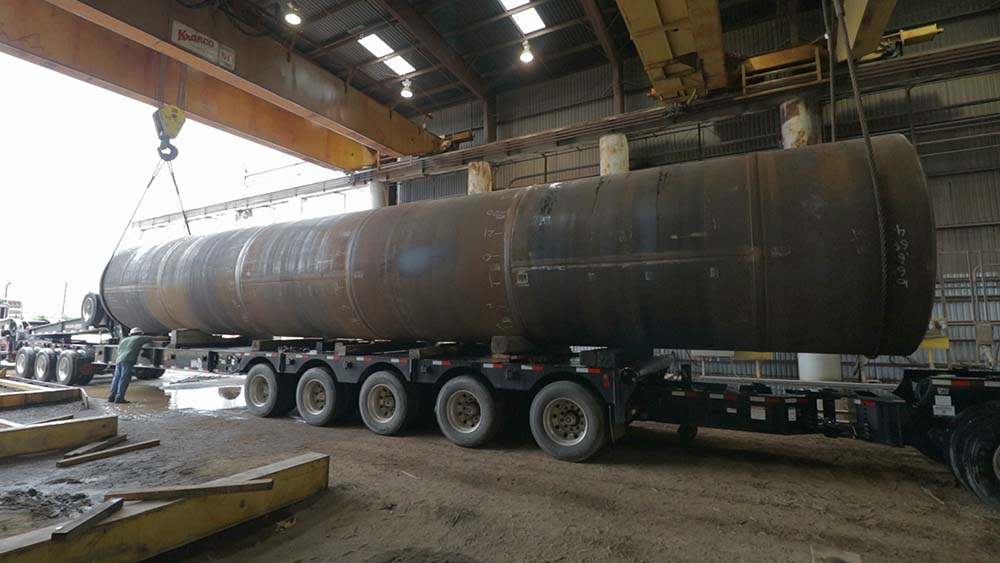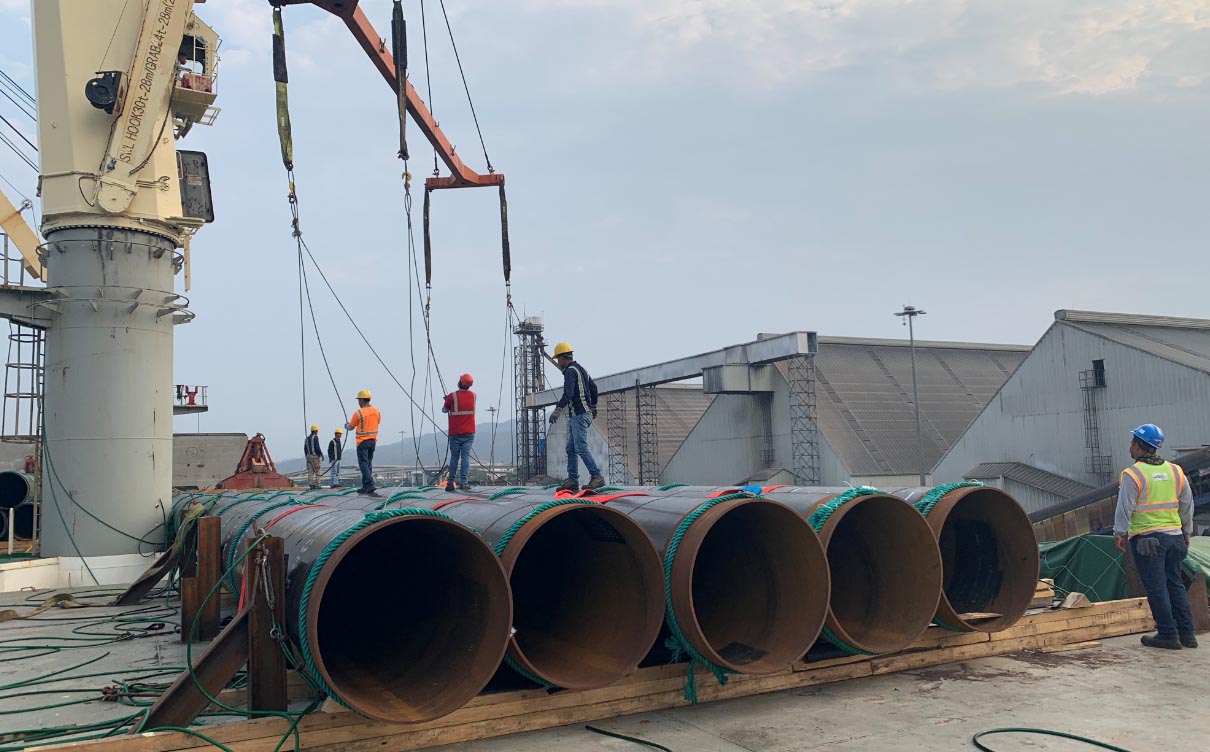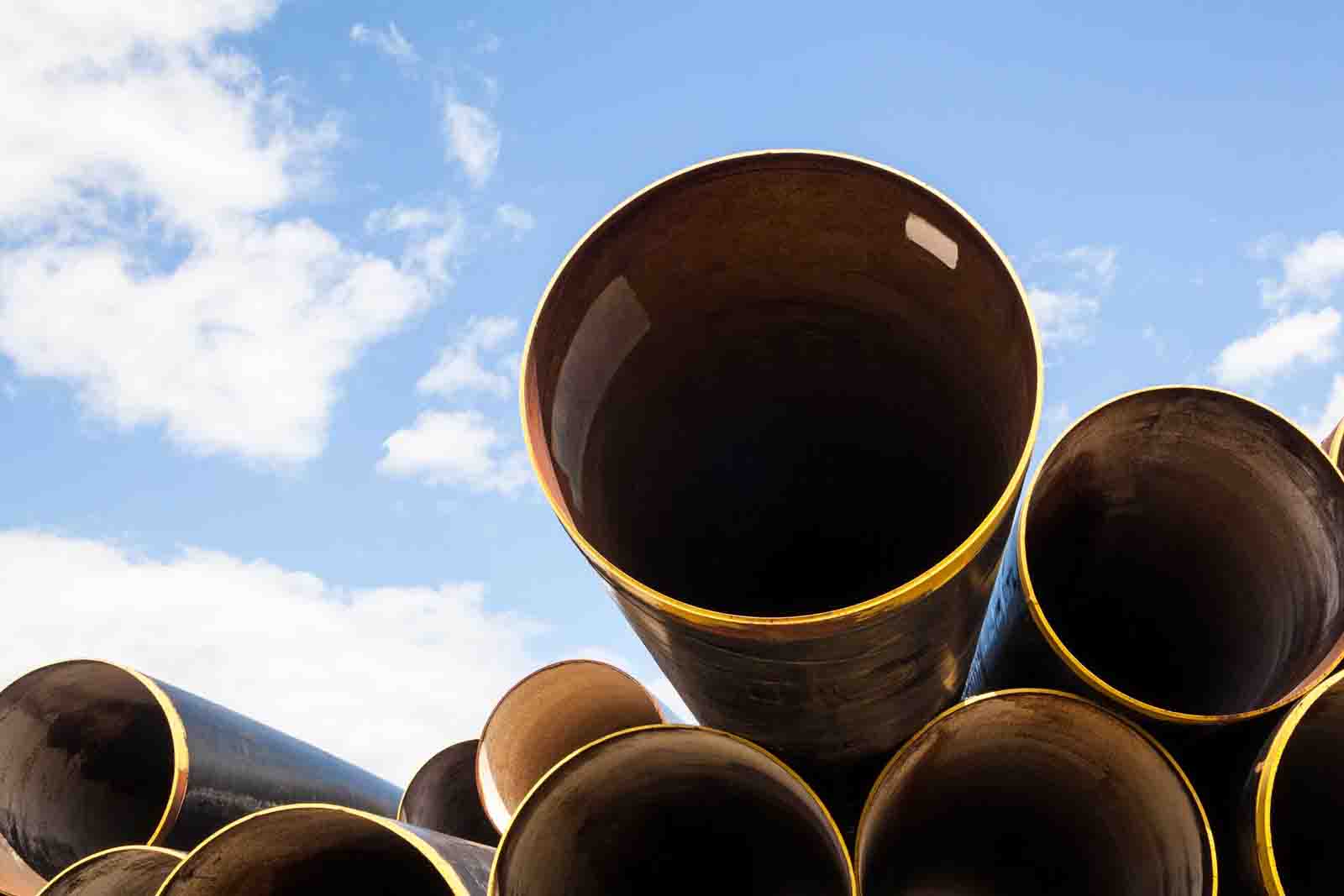SAWH Steel Piles and SSAW Steel Pipe Piles: A Comprehensive Guide
In the construction industry, steel piles play a crucial role in supporting structures and providing stability in various soil conditions. Among the different types of steel piles, SAWH (Submerged Arc Welded Helical) steel piles and SSAW (Spiral Submerged Arc Welded) steel pipe piles are widely used due to their exceptional strength and durability. In this comprehensive guide, we will explore the characteristics, manufacturing process, applications, and advantages of SAWH steel piles and SSAW steel pipe piles.
SAWH Steel Piles: Characteristics and Manufacturing Process
SAWH steel piles are known for their helical shape, which provides excellent load-bearing capacity and resistance to lateral forces. These piles are manufactured using the submerged arc welding process, where a continuous helical weld is formed between the steel plates. The plates are first formed into a cylindrical shape and then welded using a submerged arc welding machine. The welding process ensures a strong and seamless bond, resulting in a high-quality pile.
The SAWH steel piles are typically made from high-strength low-alloy (HSLA) steel or carbon steel. The choice of steel grade depends on the specific project requirements and the soil conditions at the construction site. The piles can be customized in terms of diameter, thickness, and length to meet the design specifications.
| Standard | Specification |
| ASTM A53 | Standard Specification for Pipe, Steel, Black and Hot-Dipped, Zinc-Coated, Welded and Seamless |
| API 5L | Specification for Line Pipe(Two levels PSL 1 and PSL 2 of seamless and welded steel pipes for use in pipeline transportation systems in the petroleum and natural gas industries.) |
| A252 | Standard Specification for Welded and Seamless Steel Pipe Piles |
| A500 | Specification for Cold-Formed Welded and Seamless Carbon Steel Structural Tubing in Rounds and Shapes |
| BS EN10219-1 | Cold formed welded structural hollow sections of non-alloy and fine grain steels – part1: Technical delivert conditions |
| BS EN10219-2 | Cold formed welded structural hollow sections of non-alloy and fine grain steels – part2: tolerances dimmsions and sectional properties |
Advantages and Applications of SAWH Steel Piles
SAWH steel piles offer several advantages that make them suitable for a wide range of applications:
- High Load-Bearing Capacity: The helical shape of SAWH steel piles provides increased load-bearing capacity, making them ideal for supporting heavy structures and transferring loads to the underlying soil.
- Resistance to Lateral Forces: The helical design also enhances the resistance of SAWH steel piles to lateral forces, such as wind and seismic loads. This makes them suitable for projects in areas prone to high winds or earthquakes.
- Durability and Longevity: SAWH steel piles are highly durable and resistant to corrosion, ensuring their longevity even in harsh environmental conditions. This makes them a cost-effective choice for long-term projects.
- Versatility: SAWH steel piles can be used in various soil conditions, including soft soils, hard soils, and even marine environments. They can be installed using different methods, such as driven piles or drilled piles, depending on the project requirements.
- Cost-Effective: SAWH steel piles offer a cost-effective solution due to their long service life, minimal maintenance requirements, and ease of installation. They provide a reliable foundation system that reduces the risk of costly repairs or replacements in the future.
SAWH steel piles find applications in a wide range of construction projects, including:
- Bridge foundations
- Building foundations
- Wharf and jetty construction
- Offshore structures
- Retaining walls
- Transmission tower foundations
- Industrial structures
SAWH Steel Pipe Piles Manufacturing Process: Ensuring Quality and Precision
Manufacturing high-quality SAWH (Submerged Arc Welded Helical) steel pipe piles requires a specialized and optimized process to ensure the durability and reliability of the final product. In this section, we will delve into the manufacturing process of SAWH steel pipe piles, highlighting the steps involved and the technologies employed by market leader, abtersteel pipe Mobile.

Coils are processed at a preparation stand where the lead end is cut square to remove any irregular shape. Coil identity is verified and measurements are recorded to verify material is within required tolerances. Coils are then loaded into the decoiling stand to feed into the mill.
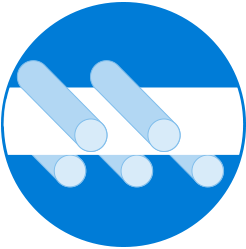
The skelp is fed through a seven-roll flattener to provide a consistently flat strip for the forming process.
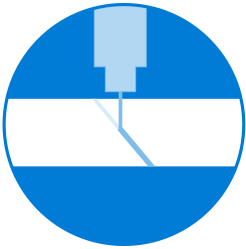
New coils are joined to the previous coil by submerged arc welding to provide a continuous strip.

The skelp is tested for laminar imperfections along both edges and across the full width of the strip using a series of normal beam ultrasonic probes.
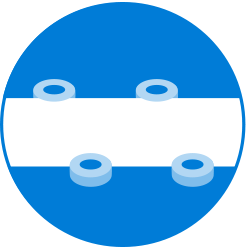
The strip is fed through a series of milling machines that give the material the proper width, and machine the strip edges with the specific bevel shape for optimal welding.

The strip is pushed through a three-roll bending stand and formed into a spiral, with the two edges of the strip meeting after the forming process. The required pipe diameter is obtained by adjusting the feed angle based on the width of the strip, and the orientation of the three roll bending sets to form the ideal radius. The edges of the strip are tack welded together using a continuous single wire gas metal arc welder. Fine tuning of the pipe diameter and strip edge offsets are continually monitored and controlled.
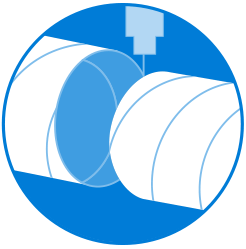
The continuous pipe is then cut into individual pieces to the specified length up to 80 ft. The cut is made without stopping the forming process by a travelling carriage clamped to the moving pipe and an oxygen plasma torch moved around the periphery of the pipe on a rotating frame.

The inside of the pipe is cleaned of loose mill scale and tack welding slag by a rotating brush and vacuum system.
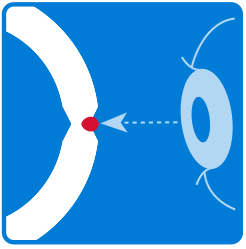
The full-length tack weld is visually inspected to ensure it is properly prepared for submerged arc welding. In order to promote a sound weld along the entire pipe, run-on and run-off tabs are welded on to the pipe ends. This allows any defects caused by instability in the start or stop of the welding process to be cut off with the tabs and discarded.
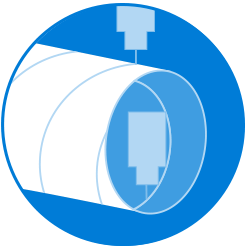
Pipe is welded on one of three welding stands using a three-wire inside pass followed by a two-wire outside pass. The deposits overlap to provide a full penetration weld. The welding process is computer controlled and weld alignment is automatically adjusted by a laser tracking system. The weld wires are submerged in a layer of granular flux which provides shielding to weld puddle from the ambient air and allows impurities to float out of the weld before it solidifies. Unused loose flux is recycled into the system, while hard fused flux is separated and discarded.

The run-on and run-off tabs are removed and the pipe is cleaned using a vacuum system to remove any residual material from the welding process.
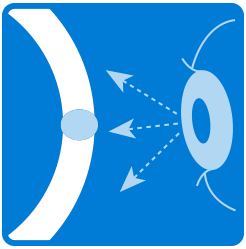
Each pipe is measured for dimensional conformance to the specifications and each weld is visually inspected before the pipe is allowed to continue through the production line.
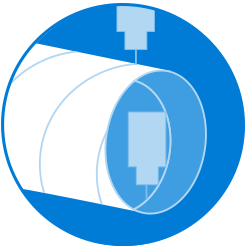
Defects identified during testing and inspection are removed, and the weld is repaired and re-tested and inspected to ensure complete removal of the defect.
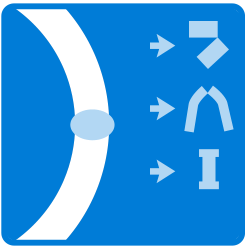
The mill computer system indicates any required testing and pipe rings for mechanical testing samples are secured. The mechanical properties of the base metal and the weld are measured in accordance with agreed specifications.

To ensure that the pipe can easily be girth welded in the field, the inside and outside weld caps on each end are ground flush with the pipe body.
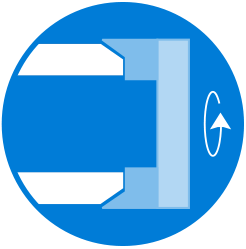
Each pipe end is machined with a bevel for field welding according API 5L standards or customer specifications.

Each pipe is filled with water, sealed and pressurized according to the time and pressure requirements of the relevant specification. A pressure versus time graph is generated for each test cycle and computer archived with the pipe number.
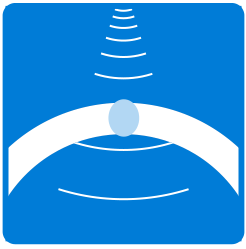
The automated ultrasonic testing station inspects each pipe utilizing a computerized system with up to 12 shear wave probes looking for both longitudinal and transverse defects. Probe alignment is automatically adjusted by a laser tracking system. A test map recording all indications for each test is generated and computer archived. All indications that exceed the alarm level are recorded in the mill computer system and sent to manual ultrasonic testing for final disposition.
Manual ultrasonic testing is performed on each indication exceeding alarm level at the automated ultrasonic testing station. The mill computer system requires that disposition of each individual indication is completed before a pipe can be accepted. In addition, the complete circumference of each pipe end is tested for laminar discontinuities using a straight beam probe.

Each pipe end is tested for a minimum of 8 inches of weld length using computed radiography. In addition, any defects detected by ultrasonic inspection are inspected to provide additional information for repairs and to aid in process changes to improve weld quality.

All required dimensional properties of the pipe are checked for conformance with the specification. Routine measurements are recorded in the mill computer system, verified against process limits, and utilized for data analysis. The pipe is visually examined full-length over the entire inside and outside surface, as well as both ends. Once the pipe passes visual and dimensional requirements, the data is entered into the mill computer system. The system verifies that passing tests have also been recorded for hydrotest, ultrasonic testing of the weld and pipe ends, and radiographic testing before the pipe can be accepted as a prime pipe.
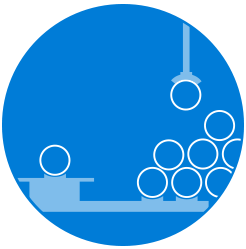
Pipes will be safely loaded on rail cars, truck beds, barges, or ocean going vessels depending on customer requirements and destination.

Once all production and inspection steps have been carried out and all specification requirements have been fulfilled, the customer documentation is prepared. All results are listed, and certificates are produced.
FAQ: Frequently Asked Questions
- What is the difference between SAWH steel piles and SSAW steel pipe piles?
- SAWH steel piles are helically shaped and manufactured using submerged arc welding, while SSAW steel pipe piles are spiral welded cylindrical pipes. The choice between the two depends on the specific project requirements and soil conditions.
- Are SAWH steel piles and SSAW steel pipe piles suitable for marine environments?
- Yes, both SAWH steel piles and SSAW steel pipe piles are suitable for marine environments. They are designed to withstand corrosion and provide a reliable foundation in coastal and offshore construction projects.
- Can SAWH steel piles and SSAW steel pipe piles be customized in terms of diameter and length?
- Yes, both types of piles can be customized in terms of diameter, thickness, and length to meet the design specifications of the project. This allows for flexibility in adapting to different construction requirements.
- What are the advantages of using SAWH steel piles and SSAW steel pipe piles?
- The advantages include high load-bearing capacity, resistance to lateral forces, durability, longevity, versatility, and cost-effectiveness. These piles provide a reliable foundation system for various construction projects.
- How are SAWH steel piles and SSAW steel pipe piles installed?
- SAWH steel piles can be installed using methods such as driven piles or drilled piles, depending on the project requirements. SSAW steel pipe piles can be driven into the ground using pile driving equipment or installed using drilling methods.
ERW (Electric Resistance Welded) pipe piling is a type of steel pipe that is commonly used in construction and foundation applications, such as in the building of bridges, wharves, and other structures. ERW pipe piling is created by using a process in which a flat steel strip is rolled into a tube shape, and then the edges are heated and welded together using an electric current. ERW pipe piling has a number of advantages over other types of piling, including: Cost-effective: ERW pipe piling is generally less expensive than other types of piling, such as seamless pipe piling. High strength: ERW pipe piling is highly resistant to bending, making it a strong and durable option for foundation applications. Customizable: ERW pipe piling can be manufactured to meet specific size and length requirements, making it highly customizable and adaptable to different project needs.ERW Pipe Piling is available in a range of sizes and thicknesses, and can be produced in lengths of up to 100 feet or more. It is typically made from carbon steel or alloy steel, and can be coated with a layer of protective material to help prevent corrosion and extend the lifespan of the pipe. Versatile: ERW pipe Read more
WELDED Steel Pipe Piles (ERW ,LASW, DSAW ,SSAW.) The two most common methods for steel pipe welding are straight seam or spiral seam welding. Welded steel pipes are typically used to transport fluid (water or oil) and natural gas. It is typically less expensive than seamless steel pipe. Both types of welding are applied after the pipe has been rolled, which involves shaping a sheet of steel into the end shape. Straight Seam: Straight seam welded steel pipes are manufactured by adding a welding parallel to the pipe seam. The process is fairly straightforward: Straight seam pipes are formed when a sheet of steel is bent and formed into a pipe shape, then welded longitudinally. Straight seam pipes can be submerged arc welded (SAW) or double-submerged arc welded (DSAW). Spiral Seam: Spiral seam welded pipes are manufactured when hot-rolled strip steel is formed into a pipe through spiral bending and welded along the then spiraled seam of the pipe. This results in the weld length being 30-100% longer than that of a straight seam welded pipe. This method is more commonly used on large diameter pipe. (Note: this method of welding may also be referred to as helical submerged arc Read more
Spiral weld pipe pile, otherwise known as SSAW Pipe pile, is a type of pipe piling product used in the construction of deep foundations. It is made from steel that has been formed into a spiral shape and welded together. It is used in a variety of applications, including bridge foundations, retaining walls, deep foundations for buildings, dams, and other large structures. Spiral weld pipe pile is a high-strength, low-alloy steel pipe made from a combination of rolled steel plates and helically wound steel strips. It is highly resistant to corrosion and has a high strength-to-weight ratio, making it an ideal choice for deep foundations and other high-load applications. The process of creating spiral weld pipe pile begins with hot-rolling a steel plate into a coil. This coil is then fed into a machine which shapes it into a spiral shape. This spiral is then cut into sections and welded together to form a single pipe pile. After the welding is complete, the pipe pile is then heat treated and tested to ensure it meets the desired specifications. Spiral weld pipe pile is a strong and reliable choice for any deep foundation or other high-load application. It is resistant to Read more
Introduction Steel pipe piles have been used for many years as a foundation element in various construction projects. They are commonly used in the construction of bridges, buildings, and other structures that require a strong and stable foundation. The use of steel pipe piles has evolved over the years, with new technologies and techniques being developed to improve their performance and durability. One of the most significant advancements in the use of steel pipe piles is the transition from traditional steel pipe piles to spiral steel welded pipe piles. This paper will explore the technical transition of steel pipe piles to spiral steel welded pipe piles, including the benefits and challenges associated with this transition. PDF Downloads:Tubular Pile, pipe piles, steel piles, tubular pipes Background Steel pipe piles are typically made from steel plates that are rolled into cylindrical shapes and welded together. They are commonly used in deep foundation applications where the soil conditions are poor or where the structure being built is heavy. Steel pipe piles are typically driven into the ground using a pile driver, which forces the pile into the soil until it reaches a predetermined depth. Once the pile is in place, it provides Read more
Standard Specification for Welded and Seamless Steel Pipe Piles1 This standard is issued under the fixed designation A 252; the number immediately following the designation indicates the year of original adoption or, in the case of revision, the year of last revision. A number in parentheses indicates the year of last reapproval. A superscript epsilon (e) indicates an editorial change since the last revision or reapproval. 1. Scope 1.1 This specification covers nominal (average) wall steel pipe piles of cylindrical shape and applies to pipe piles in which the steel cylinder acts as a permanent load-carrying member, or as a shell to form cast-in-place concrete piles. 1.2 The values stated in inch-pound units are to be regarded as standard. The values given in parentheses are mathematical conversions of the values in inch-pound units to values in SI units. 1.3 The text of this specification contains notes and footnotes that provide explanatory material. Such notes and footnotes, excluding those in tables and figures, do not contain any mandatory requirements. 1.4 The following precautionary caveat pertains only to the test method portion, Section 16 of this specification. This standard does not purport to address all of the safety problems, if any, associated Read more
Steel pipe piles and steel pipe sheet piles have found extensive applications in various construction projects, including ports/harbors, urban civil engineering, bridges, and more. These versatile piles are used in the construction of piers, seawalls, breakwaters, earth-retaining walls, cofferdams, and foundations for steel pipe sheet pile foundations. With the increasing size of structures, deeper water depths, and construction work on sites with deep soft ground, the usage of steel pipe piles and steel pipe sheet piles has expanded significantly.

